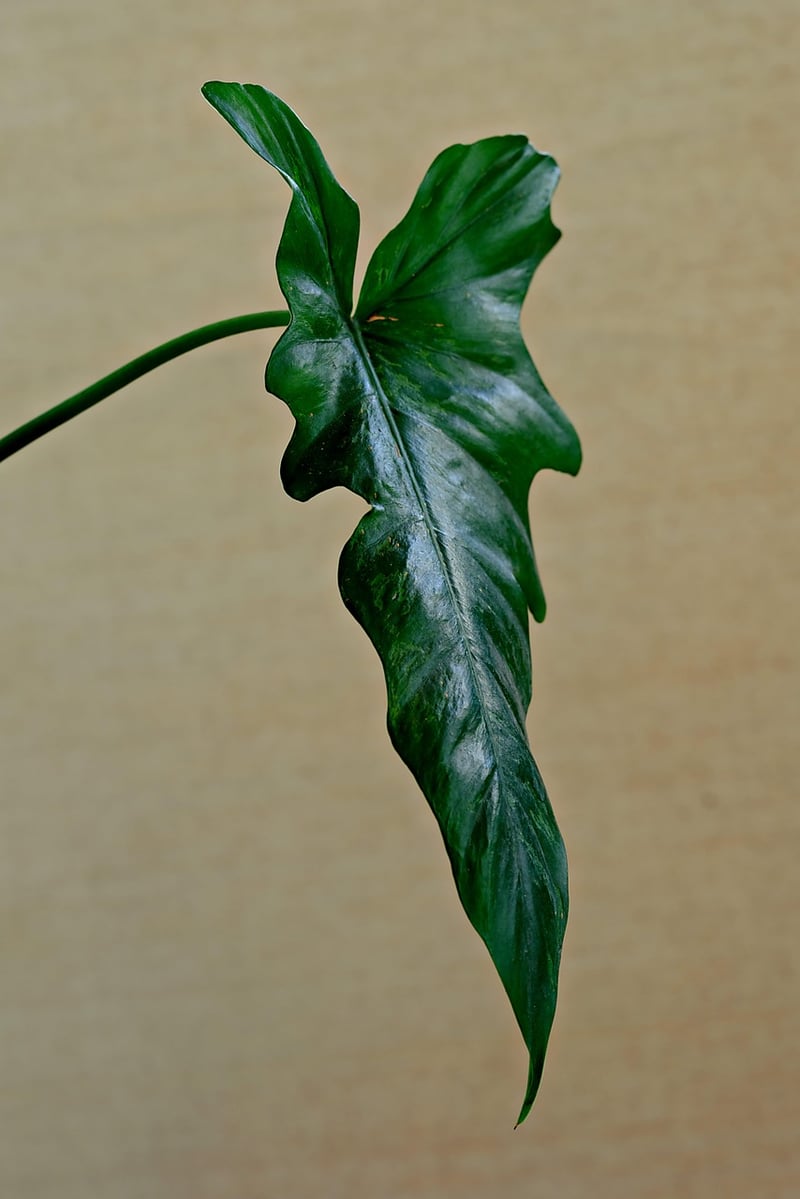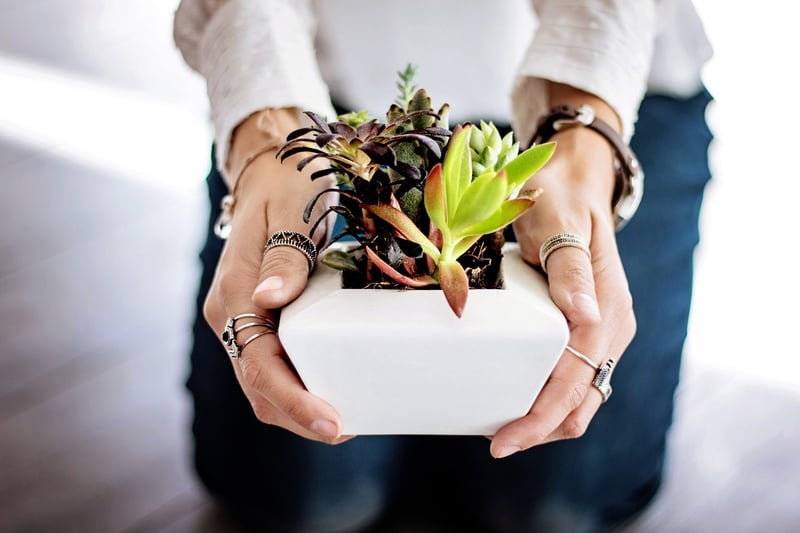Indoor Plants
The Art of Nurturing Indoor Plants
Indoor plants not only add a touch of green to your living space but also have numerous benefits like purifying the air and reducing stress. However, keeping indoor plants thriving requires some care and attention. Here are some essential tips to help you become a successful plant parent:
1. Light
Find out the light requirements of your plants. Some plants thrive in bright, indirect light, while others prefer low light conditions. Place your plants accordingly to ensure they get the right amount of light.
2. Watering
Overwatering is a common mistake that can lead to root rot. Check the soil moisture before watering and ensure proper drainage to prevent waterlogging. Different plants have different watering needs, so it's essential to understand the specific requirements of each plant.
3. Humidity
Most indoor plants prefer a humid environment. To increase humidity, you can mist your plants regularly, place a tray of water near them, or use a humidifier.
4. Temperature
Indoor plants generally thrive in temperatures that are comfortable for humans, around 65-75°F (18-24°C). Avoid placing plants near drafts or heating/cooling vents.
5. Fertilizing
Plants need nutrients to grow, so it's essential to fertilize them regularly during the growing season. Use a balanced fertilizer or a formula specific to the type of plant you have.
6. Repotting
As plants grow, they may outgrow their pots. Repotting allows them to have more space for roots to expand. Look for signs like roots coming out of drainage holes or soil drying out quickly, indicating that it's time to repot.
7. Pest Control
Keep an eye out for common indoor plant pests like aphids, spider mites, and mealybugs. Regularly inspect your plants for any signs of infestation and take appropriate measures to control pests.
8. Love and Attention
Above all, give your plants love and attention. Regularly check on them, remove dead leaves, and talk to them if you wish – plants respond positively to care and attention!
By following these tips and guidelines, you can create a thriving indoor garden that not only enhances your living space but also brings joy and tranquility to your home.

Remember, each plant is unique, so observe and learn from your plants to provide them with the best care possible. Happy gardening!
